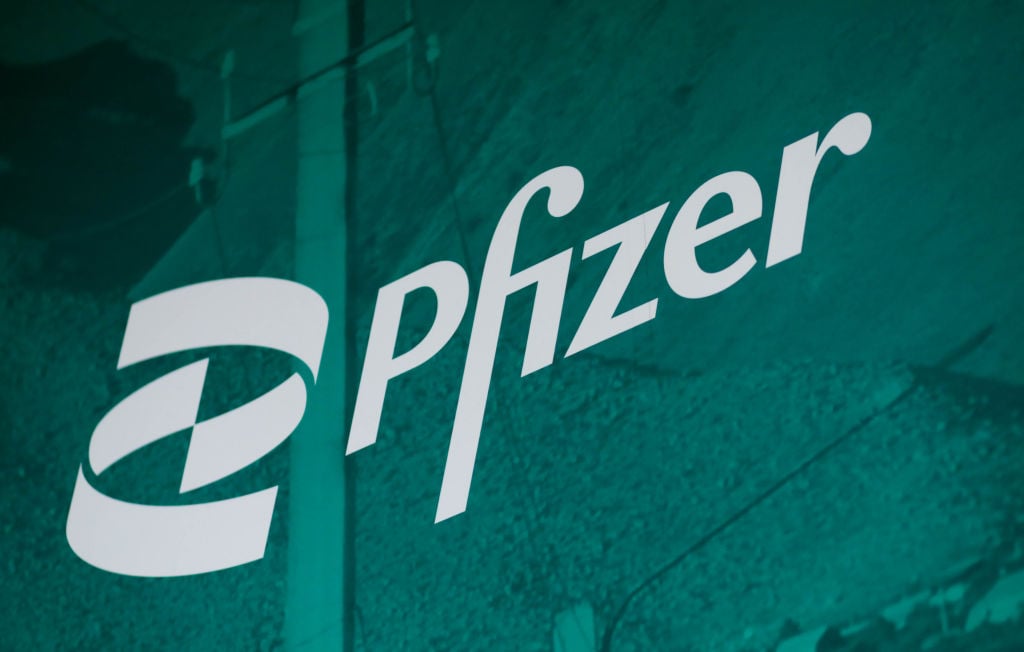More than 420 million people across the world have diabetes. At least 29 million of those individuals are Americans, including an estimated 8 million undiagnosed cases. And prevalence of diabetes is increasing.
Because of the enormous market size, many pharmaceutical companies have developed treatments for the disease. Some of these drugmakers rank as some of the best dividend stocks on the market. AstraZeneca (AZN +0.43%), Pfizer (PFE 0.93%), and Sanofi (SNY 1.85%) stand out as the top dividend stocks in diabetes treatment, but several others are strong contenders.

Image source: Getty Images.
AstraZeneca
AstraZeneca markets several diabetes treatments, including Bydureon, Byetta, Farxiga, Kombiglyze, Onglyza, Symlin, and Xigduo. The company's diabetes franchise generated revenue of $2.4 billion last year.
Farxiga is AstraZeneca's No. 1 diabetes medication. Sales for the drug totaled $835 million in 2016, up 70% compared to the prior year. This strong growth knocked Onglyza out of the top spot among the company's diabetes drugs.
AstraZeneca claims an attractive dividend yield of 5.58%. Although the company currently is paying out more in dividends than it's making on the bottom line, the dividend should be relatively safe because AstraZeneca appears to have solid earnings growth prospects in the coming years.
Pfizer
Pfizer doesn't have as significant a presence in the diabetes market as AstraZeneca. The big drugmaker's lineup includes diabetes medications Glucotrol, Glyset, and Micronase. However, none of these drugs generated enough sales to even merit a reference in Pfizer's annual report for 2016.
More revenue in the diabetes market could be in store for Pfizer, though. Pfizer and its development partner, Merck (MRK 1.93%), expect a decision by the U.S. Food and Drug Administration (FDA) for SGLT2 inhibitor ertugliflozin by December 2017. The type 2 diabetes drug is expected to reach peak sales topping $1 billion.
Pfizer has long been a favorite among dividend investors. It should be still, with a solid yield of 3.98%. Like AstraZeneca, Pfizer has a dividend payout ratio of just over 100%. While that's not good, it probably will only be temporary. Pfizer should experience reasonable earnings growth in the near future, thanks in part to new products gained with several acquisitions made over the past few years.
Sanofi
Sanofi is a major player in the global diabetes market, with products such as Lantus, Amaryl, Apidra, Toujeo, Insuman, Lyxumia, and Soliqua. Lantus is Sanofi's top-selling product in its diabetes franchise and overall. It's also the No.1 insulin brand in the world.
A major challenge for Sanofi is that sales of Lantus are slipping due to generic competition. Sales for Toujeo, however, are soaring and have largely offset the decline for Lantus. Soliqua should also help. The drug gained U.S. approval in late 2016 and is expected to generate peak annual sales of around $1.5 billion. In addition, Sanofi has a couple of promising late-stage diabetes candidates in its pipeline.
Sanofi's dividend currently yields 3.21%. Its payout ratio of 86% is relatively high, but the dividend doesn't appear to be in significant jeopardy right now.
Other contenders
There are other drugmakers in the diabetes market with dividend yields that aren't too far behind those of AstraZeneca, Pfizer, and Sanofi. Merck, which markets Janumet and Januvia, claims a yield of 2.94%. Bristol-Myers Squibb, developer of diabetes drug Farxiga, sports a dividend yield of 2.9%.
GlaxoSmithKline (GSK 1.83%) also sells a diabetes drug, Tanzeum. The drugmaker's dividend yield of 4.55% would rank the stock second behind AstraZeneca. However, GlaxoSmithKline's payout ratio is a whopping 225%. There is significant reason to worry that Glaxo's dividend could be slashed in the future.
Still, investors looking for great dividend stocks in the diabetes market have plenty of options from which to choose. AstraZeneca, Pfizer, and Sanofi can deliver high yields and dividend checks that should keep on flowing well into the future.










